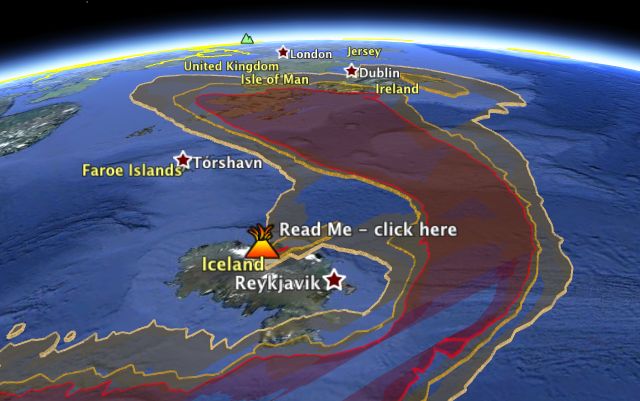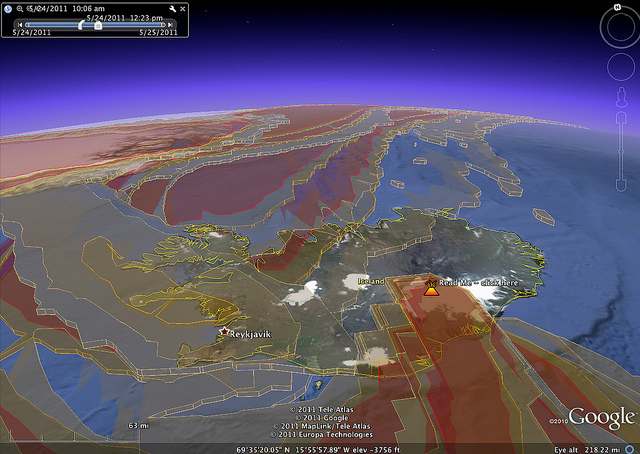Upon arriving in rainy Key Largo, Florida after a 23 hour car ride we were allowed a few hours of sleep before unloading all the equipment, organizing and preparing for the first day at sea (5/2). Later that night (5/1) Art, Bryan Keller, Alex Forrest and I gave brief presentations on our personal areas of expertise regarding the NEEMO project. My presentation mainly involved the geology corresponding to the environment of Conch Reef and around the Aquarius habitat. Also, I touched on the local fauna and other living things.
Approximately at 0800 hrs we set off the coast of Key Largo to begin our copious research involving the bathymetry around the Aquarius underwater lab. Aboard the R/V George Bond there was myself, Art, Alex Forrest, Doug Miller, Jonathon Gutsche, Bryan Keller, VAL, and our ship captain Ryan. The first day of project we had planned and completed two successful missions for the AUV Gavia, "Dora". The areas of focus were mainly the shallow areas (relatively northwest of the habitat). Simultaneous to the AUV missions multiple CTD senors were taken.
The following day differed from the previous (involving my personal involvement, Jonathon and I stayed on land in order to process the data we collected on Monday. I had prior experience with the software "SonarWiz," not not much with the other programs we used that day. At first I was able to observe how to (generally) complete data processing in GeoSwath, Feludermause, and
On Wednesday we were all back out on the R/V Bond (minus Bryan who was the "in house data processor" for the day).
--
Lyle de la Rosa
Coastal and Marine Geosciences
College of Earth, Ocean, and Environment
University of Delaware
Club Water Polo Secretary
(215)873-9014













